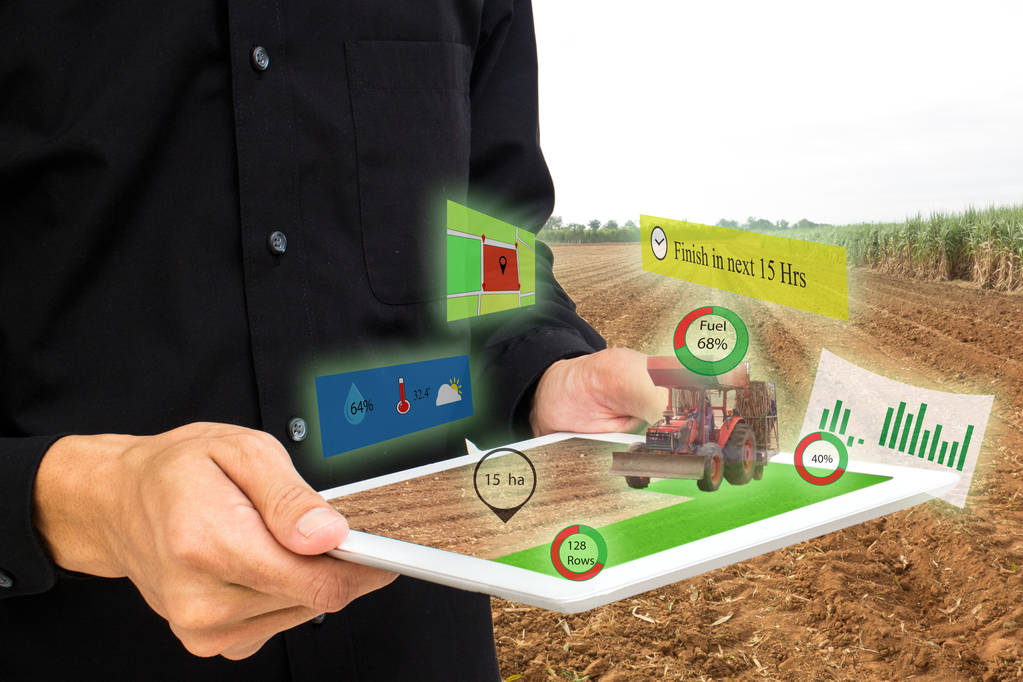As the world population continues to grow, a balance must be struck between meeting the growing food demand and the conservation of natural resources. Sustainable and smart agriculture practices are critical to achieve this balance, as they prioritize maximizing productivity while minimizing negative impacts on the environment. These practices also prioritize animal welfare, social equity, and economic viability, making it a holistic solution for promoting sustainable agriculture.
To achieve sustainable agriculture, farmers can adopt practices such as crop rotation, IoT-driven livestock management, integrated pest control, and the use of cover crops. These practices help to improve soil health, reduce erosion, and reduce the use of hazardous chemicals. Consumers also play an important role in promoting sustainable agriculture by choosing farm selection products that prioritize sustainable practices and animal welfare.

By using LoRaWAN or narrowband (NB-IoT) networks to connect and transmit data from smart IoT sensors and devices, farmers can remotely collect invaluable agricultural analysis data from their farms. These real-time data can provide invaluable insights into livestock health, behavior, and performance.
By placing IoT devices and IoT sensors on individual animals or in their living environments, farmers can obtain real-time data on factors such as body temperature, activity level, and feeding behavior. Information from livestock surveillance can then be used to identify potential health problems before they become serious, or to optimize feeding and nutrition programs for each animal.
In addition to individual livestock tracking, IoT technology can also be used to monitor herd health status. For example, sensors can be placed in sinks to monitor water consumption, which can be used as an early indicator of herd disease. This could help farmers to act quickly to prevent disease transmission and reduce the overall impact on their operations.
Such machine-to-machine (M2M) communication and solutions provide real-time alerts to help farmers identify potential health problems or emergencies for timely intervention and reduce the risk of loss. The data collected can also help farmers make informed decisions about the use of resources such as feed and water, ensuring that their livestock receive moderate amounts of nutrition and minimizing waste.
Smart agriculture can also automate some functions, such as lighting and temperature control, which can also help improve animal welfare and reduce stress. For example, automatic illumination can help regulate the circadian rhythm in the chicken, thereby increasing egg production. At the same time, automatic temperature control helps prevent animals from developing heat stress in hot weather.
By using IoT technology to optimize farm operations, farmers can improve efficiency and productivity while reducing costs. In turn, this can lead to higher quality products, more consumer satisfaction, and more environmentally friendly sustainable approaches to agriculture. The use of IoT technology in animal husbandry can also help farmers optimize their operations, reduce the risk of disease outbreaks, cut costs and improve animal welfare, ultimately achieving more sustainable and profitable agricultural practices.
Contact: Qui
Phone: 18146178586
Tel: 18146178586
Email: qui@zonewu.com
Add: 1501-3, Building F03, Phase III, Software Park, Jimei District, Xiamen City, Fujian Province, China
